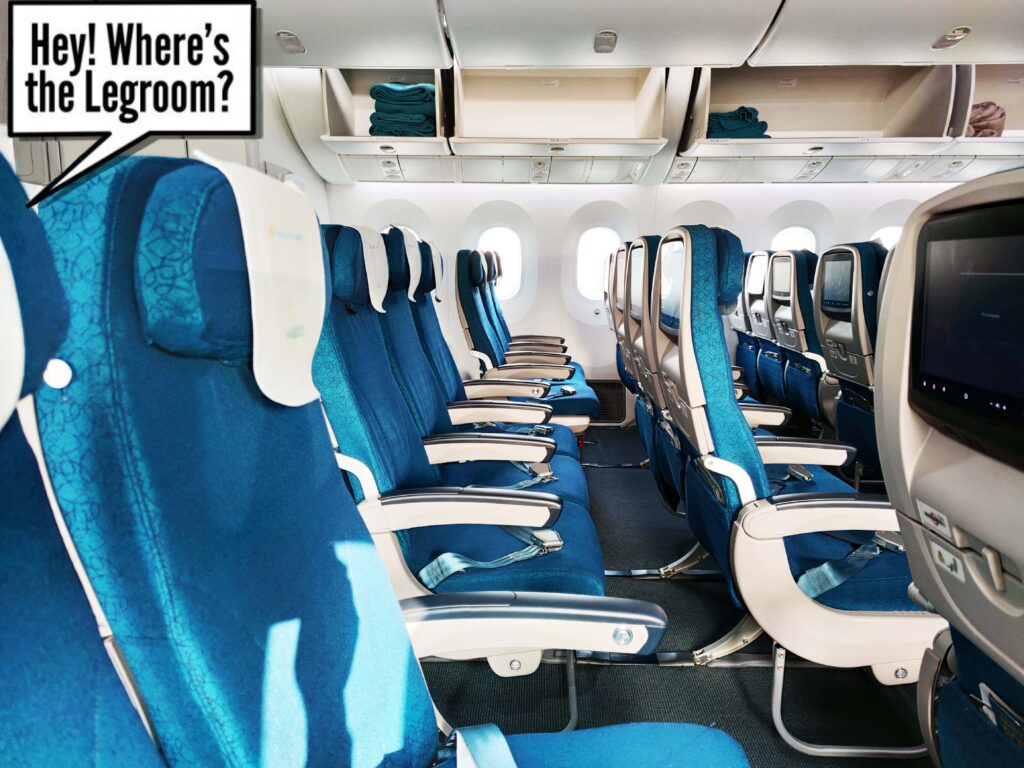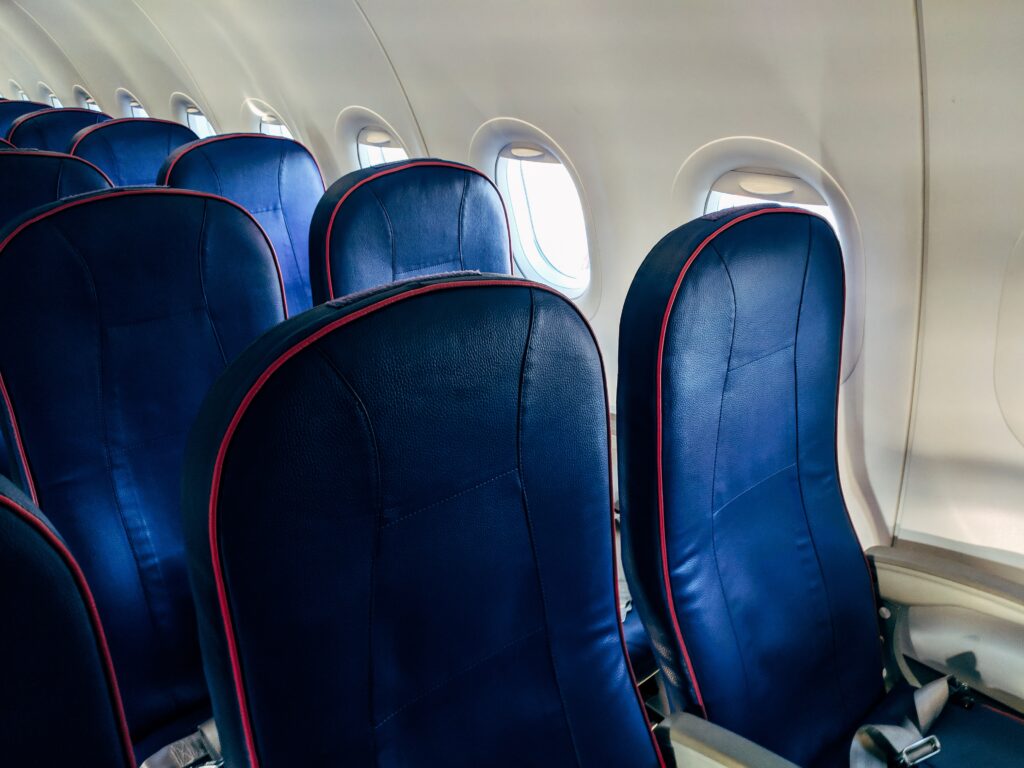
by Stefanie Michaels
Coach seats are a ubiquitous mode of transportation for millions of people daily, whether for business or leisure travel. However, for many, the prospect of settling into a coach seat for a long flight or bus ride can be daunting.
The reality is that coach seats are often associated with discomfort and a lack of space, making even short journeys feel interminable–from cramped legroom to unsupportive seats, there are a variety of factors that contribute to the discomfort of coach travel.
So you’re probably thinking, “Ugh, coach seats? More like a coach nightmare.” But fear not, my fellow travelers,
I’ve got some tips for making your coach seat experience a little more bearable.
First things first, invest in a good travel neck pillow.

Like, a real cushy one. Trust me, it’ll make a world of difference when it comes to trying to get some shut-eye. I know it’s one more thing to bring along, but if you can get it in your carry on or strapped onto your backpack, it’s worth it.
Next, pack a small bag of essentials to keep with you on the flight.
This can include things like a neck pillow, earplugs, a sleep mask, and a pair of noise-cancelling headphones—they’ll block out any unwanted noise and distractions. If you enjoy playing video games, don’t forget a charger for your phone or handheld gaming device.
If you’re someone who gets cold easily like I do…
Pack a light sweater or a hoodie. Sometimes the AC on the plane can, so layering is good just in case and if it warms up in the cabin, off it goes and another op for a pillow.
Bring your own snacks and drinks.
Cash savings— as the plane food can be costly, especially off of the coach menu, bringing your own items will also ensure that you have something to munch on during the flight. (Check with the airline first to see what types of food and drinks are allowed on board).
*Bringing drinks from home can be tricky, unless they are under 3oz per TSA rules.
Try to book a seat that’s as close to the front of the plane as possible.

Most travelers angle for the exit row. Sure, it gives you more legroom, but these seats are also situated mid-plane. I like to book an aisle near the front of the plane, as close to the aircraft’s door as possible.
Not only will you be one of the first to disembark, but being stuck behind others who take too long getting their carry-ons from the overhead and then moseying down the aisle at a snail’s pace can be challenging.
Did you know?
An airplane seat is designed to withstand an impact force of up to 16 times the force of gravity. This means that in the event of a crash, the seat is built to withstand the pressure and protect the passenger. Airplane seats are often equipped with flammability standards and must meet specific regulations for smoke and toxicity emission in the event of a fire on board.
A little history:
The history of the airplane seat dates back to the early days of commercial aviation in the 1920s and 1930s. At that time, seats were basic and uncomfortable, often just a padded bench without a backrest.
Over time, as air travel became more common and the demand for comfort increased, coach seats evolved to include individual armrests, adjustable backrests, and reclining capabilities.
Seat belts were added to airplanes in the 1950s. Initially, they were simple lap belts, similar to those found in automobiles at the time.
Seat belts evolved to include shoulder straps for safety and security. In the 1990s, many airlines began retrofitting their planes with newer, more secure seat belts designed to keep passengers in their seats during turbulence or other unexpected movements.
During the 1970s and 1980s, airlines began to offer more premium seating options, such as first-class and business class, with added amenities like extra legroom and more comfortable materials. Thankfully for us, coach airplane seats continue to evolve and incorporate new technologies, such as in-flight entertainment systems, adjustable headrests, and built-in power outlets.


